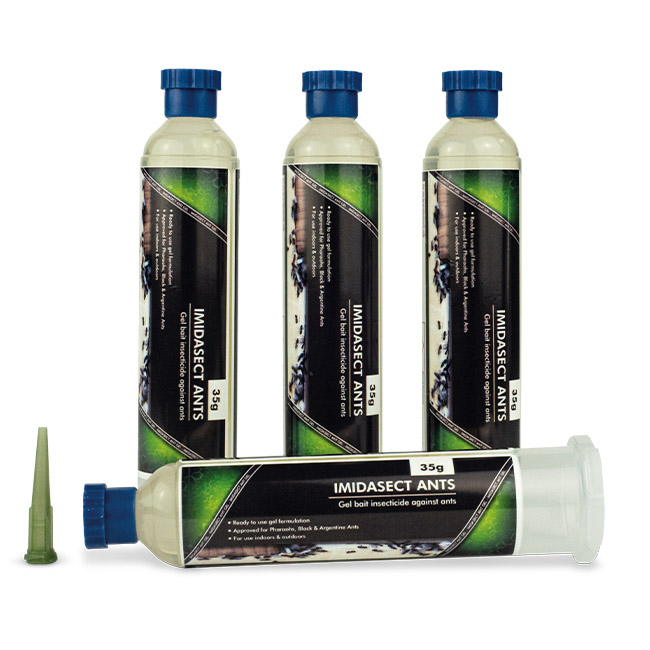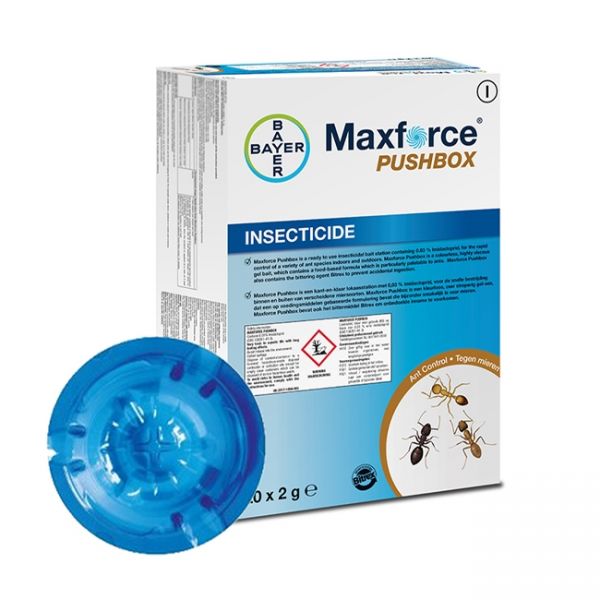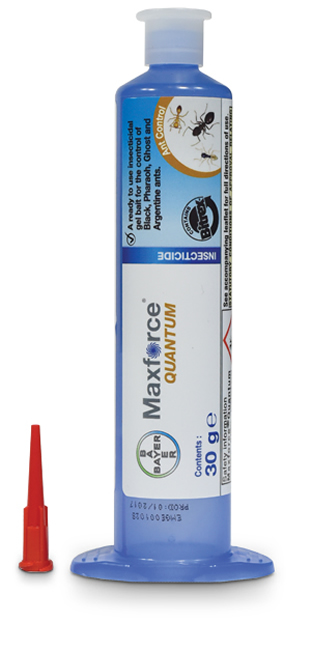Mosquito/Common Gnat (Culex pipiens)
Mosquito/Common Gnat (Culex pipiens)
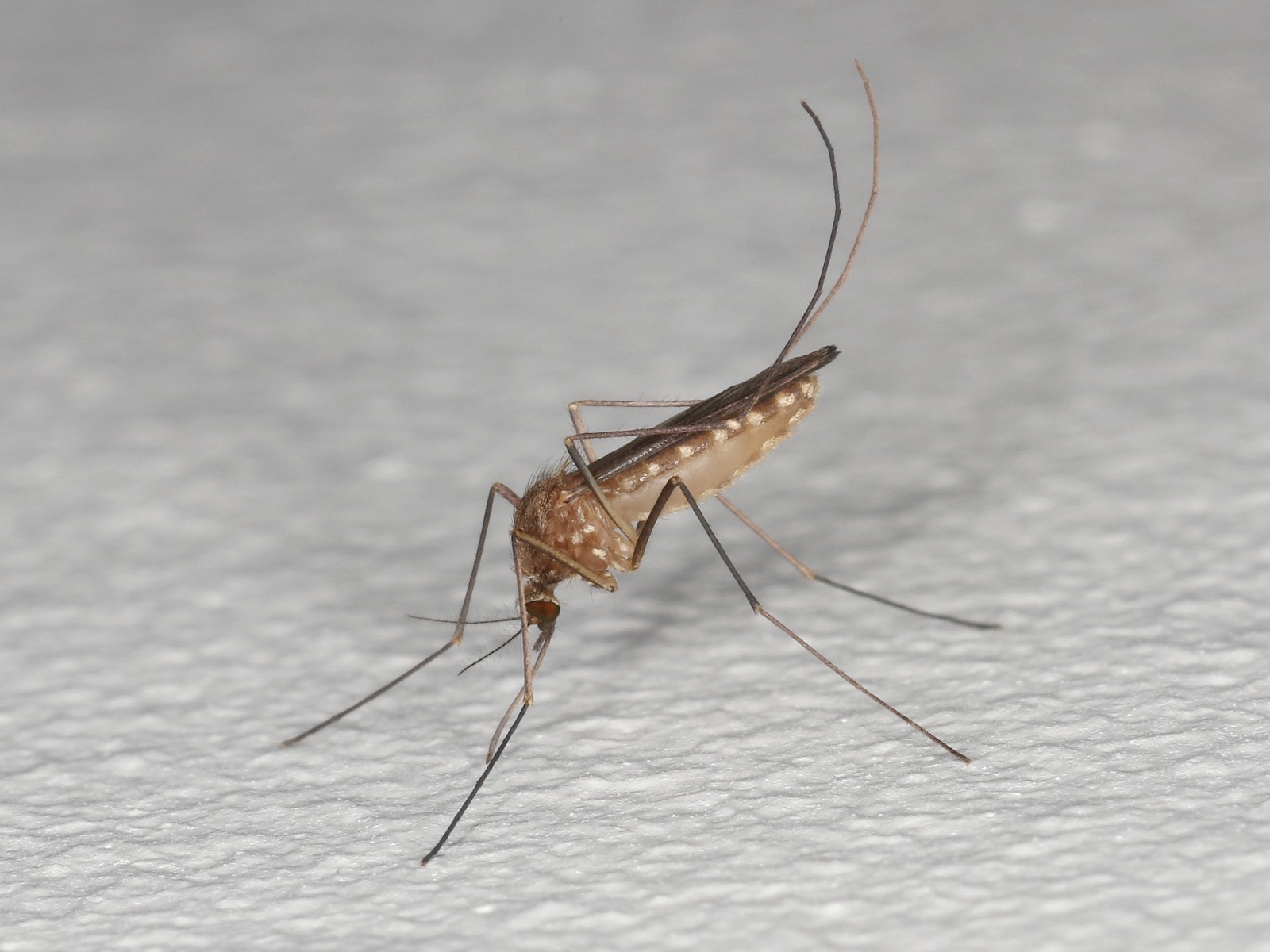 |
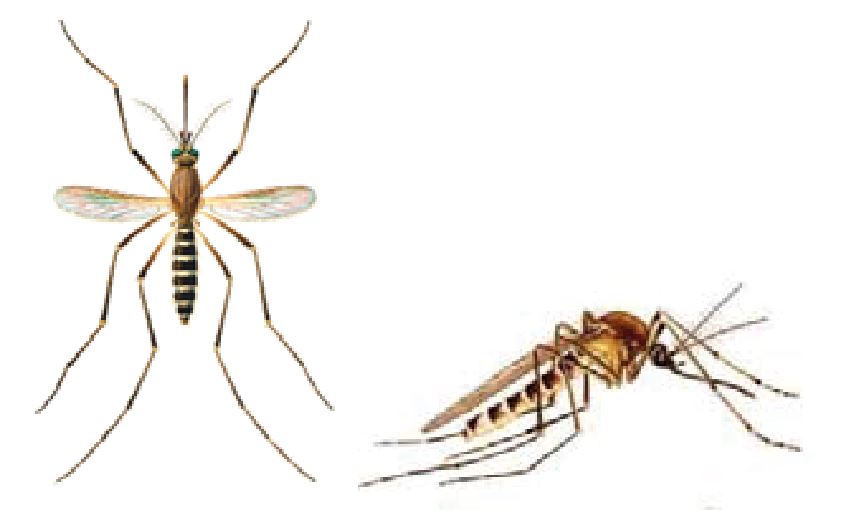 |
Identification:
6.4-12.7mm in length, dull brown in colour. Thin, long-legged winged insect; adults have three pairs of long, slender legs, the tip of the abdomen is blunt. Larval rest 45 degree from the surface of the water. Mosquitoes have an elongate "beak" or piercing proboscis.
Biology:
The mosquito mates within 48 hours of emergence from the pupa she only mates once in her lifetime, because she is able to store the sperm in sacs within her body and fertilise subsequent batches of eggs herself. She must then seek a blood meal as the high protein content of blood is required to produce eggs. Eggs are brown, long and cylindrical, vertical on water surface, cemented in a raft of 300 eggs. Raft usually 3 – 4mm long and 2 – 3mm wide. Egg to adult stage takes 6 – 10 days.
Control:
Mosquitoes are opportunist breeders and even the smallest source of stagnant standing water may be used for egg laying, as little as a cupful of standing water is enough for hundreds of eggs to develop into adult mosquitoes. Removing any standing water around premises can help to stop larval development and breeding sites. Adult mosquitoes may be killed indoors using an aerosol labelled for flying insects or by the installation of electric fly killer units. Physical control by proofing doors and windows using fly screens will prevent Mosquitoes entering buildings. Conventional insecticides are not available for the control of mosquito larvae in the UK, but a biological larvicide, Bacilllus thuringensis (Vectobac 12AS) is cleared for use in stagnant waters and marshland by professional operators.
**Products to control Mosquito/Common Gnat :
|
Imidasect Ant Gel (35g tube) |
Maxforce Pushbox (20 x 2g) |
Maxforce Quantum Gel (30g tube) |

